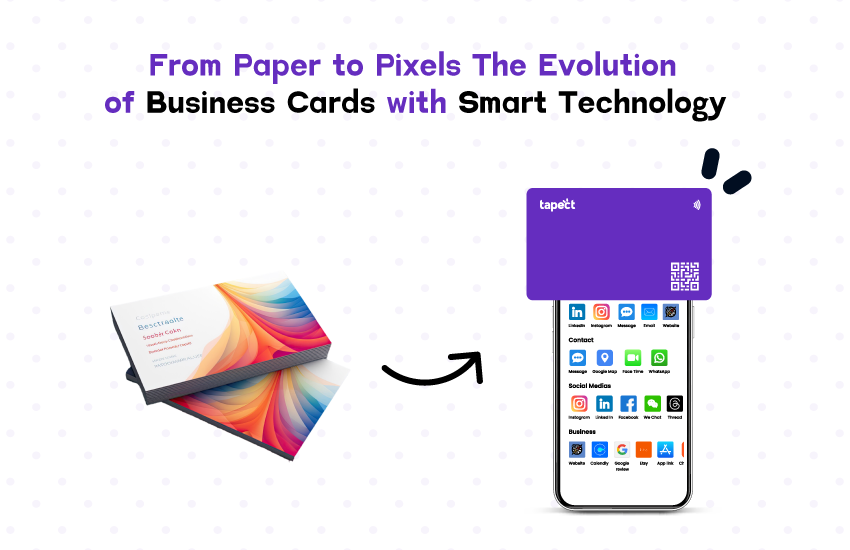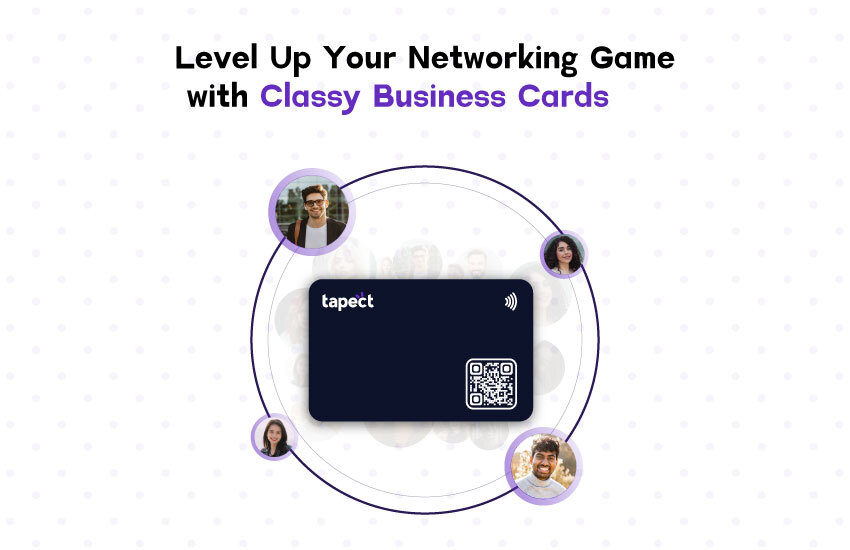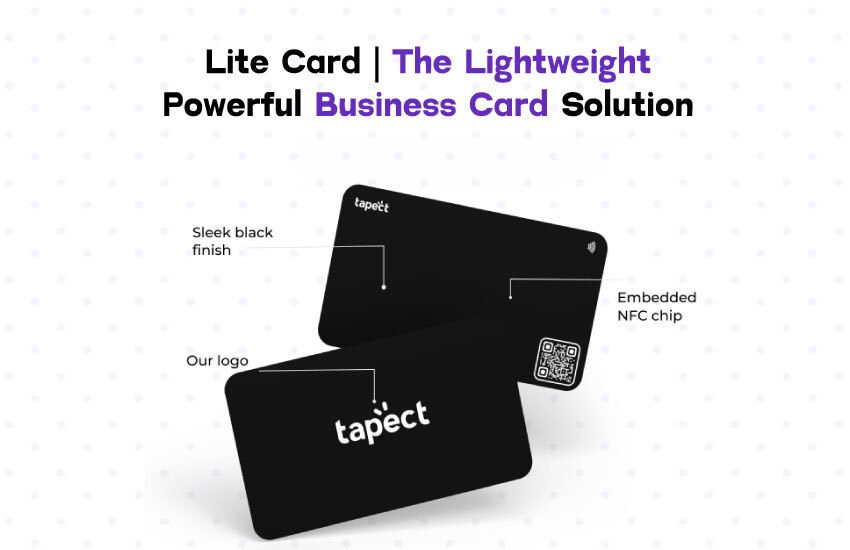In the contemporary digital landscape, traditional paper business cards are undergoing a significant transformation due to the integration of smart technologies like NFC (Near Field Communication) and QR codes. These advancements have fundamentally changed how professionals exchange contact details and showcase their identities, vastly improving convenience, efficiency, and sustainability in networking. This article delves into the evolution from paper business cards to smart digital solutions, analyzing their advantages, obstacles, and future potential.
Table of Contents
The Emergence of Smart Technology in Business Cards
Business cards have long been essential tools in networking, providing tangible representations of professional identity. However, the limitations of paper cards—like the potential for loss, outdated information, and environmental impact—have catalyzed the development of smart alternatives.
NFC Technology: Near Field Communication enables seamless data transfer between devices with a simple tap. NFC-enabled business cards store contact details, websites, and multimedia content digitally, eliminating the need for physical exchanges and manual data entry.
QR Codes: Quick Response codes offer another digital solution for business cards. Scanning a QR code with a smartphone directs users to a digital profile, website, or portfolio, enhancing accessibility and interaction.
Benefits of Smart Digital Business Cards
1. Enhanced Convenience and Efficiency
Smart digital business cards streamline the process of exchanging contact information. Instead of traditional exchanges, professionals can tap their NFC-enabled device or scan a QR code to instantly receive and store relevant details. This reduces errors, saves time, and ensures information remains up-to-date.
2. Interactive and Multimedia Capabilities
Unlike traditional paper cards limited to text and graphics, smart digital business cards can integrate multimedia elements. Professionals can include videos, presentations, or links to social media profiles, offering recipients a comprehensive view of their skills and services.
3. Real-Time Updates and Analytics
Digital business cards facilitate immediate updates to contact details or promotional information. Whether updating job roles, phone numbers, or achievements, professionals can ensure recipients always have the latest information. Analytics track card views, providing insights into networking effectiveness.
4. Environmental Sustainability
Smart digital business cards align with corporate sustainability goals by reducing paper waste. Traditional business cards contribute to environmental degradation through deforestation and landfill accumulation. Smart technology promotes eco-friendly practices, minimizing carbon footprints.
Challenges and Considerations
While smart digital business cards offer compelling advantages, their adoption may encounter several challenges. These include initial costs, device compatibility issues, and the need for users to become familiar with new technologies.
Firstly, businesses considering the switch to smart digital business cards must invest in NFC-enabled devices or QR code scanners. These initial investments can be perceived as barriers, especially for smaller enterprises with limited budgets. Additionally, ensuring compatibility across various devices and operating systems is crucial. Businesses may need to provide or recommend specific apps for recipients to effectively interact with the digital cards.
User familiarity with NFC and QR code technology also plays a significant role in adoption. While these technologies are increasingly prevalent, not all users may be accustomed to using them for business card interactions. Educating users on the benefits and ease of use of smart digital cards can help mitigate this challenge.
Overcoming these hurdles is essential for realizing the full potential of smart digital business cards. Despite initial challenges, the long-term benefits—including reduced environmental impact, enhanced data security, and improved networking efficiency—justify the investment and adaptation to this evolving technology in professional networking.
Future Trends and Innovations
The future of smart digital business cards is poised for continual innovation and deeper integration into everyday business practices. As NFC (Near Field Communication) technology advances, we can expect enhanced security features such as encrypted data transmission, ensuring robust privacy and data integrity. This evolution will reassure users about the safety of their information during card exchanges, further enhancing trust and adoption.
Looking ahead, the integration of augmented reality (AR) and virtual reality (VR) presents exciting possibilities for smart digital business cards. These technologies could revolutionize how professionals present their brands and engage with clients. Imagine a scenario where scanning a digital business card triggers an AR overlay showcasing a portfolio or interactive 3D models of products. This immersive experience not only captivates clients but also leaves a lasting impression, setting a new standard for business interactions.
Moreover, AR and VR integration can facilitate virtual meetings or product demonstrations directly from a digital business card, transcending geographical limitations and enhancing remote collaboration. This capability will be particularly valuable in industries where visual representation and interactive engagement are paramount, such as architecture, design, and marketing.
As these technologies evolve and become more accessible, businesses that embrace smart digital business cards stand to gain a competitive edge. They can leverage these innovations to differentiate themselves in a crowded market, enhance customer engagement, and drive business growth. By staying at the forefront of technological advancements, professionals can harness the full potential of smart digital business cards to redefine networking and client interactions in the digital age.
Conclusion
From paper to pixels, the evolution of business cards with smart technology represents a significant advancement in professional networking. Smart digital business cards enhance convenience, efficiency, and sustainability while embracing innovation and digital transformation. As businesses prioritize agility, environmental responsibility, and digital engagement, smart technology adoption in business cards is set to become standard practice. By embracing this evolution, professionals can navigate the digital landscape, make lasting impressions, and excel in today’s competitive environment.






